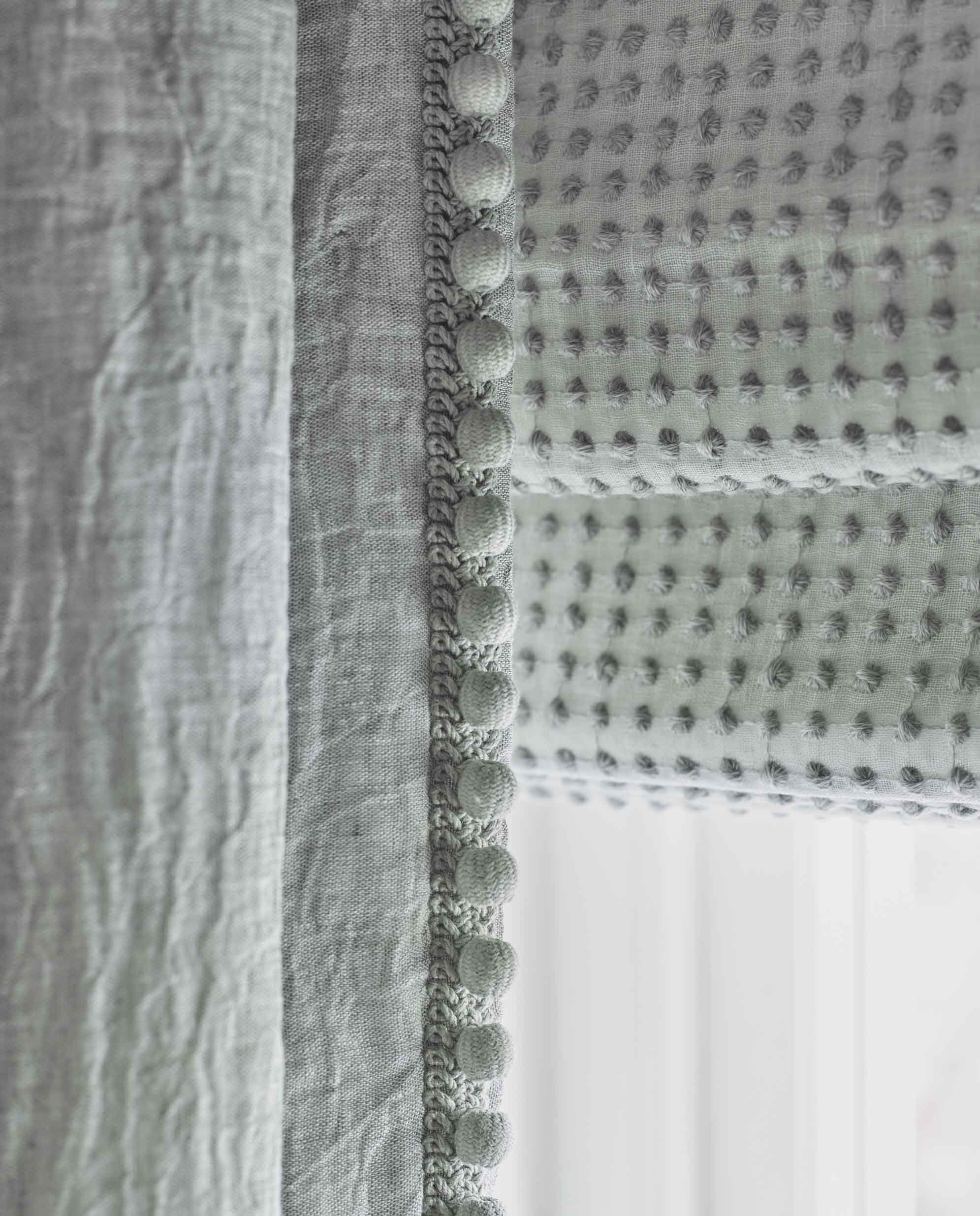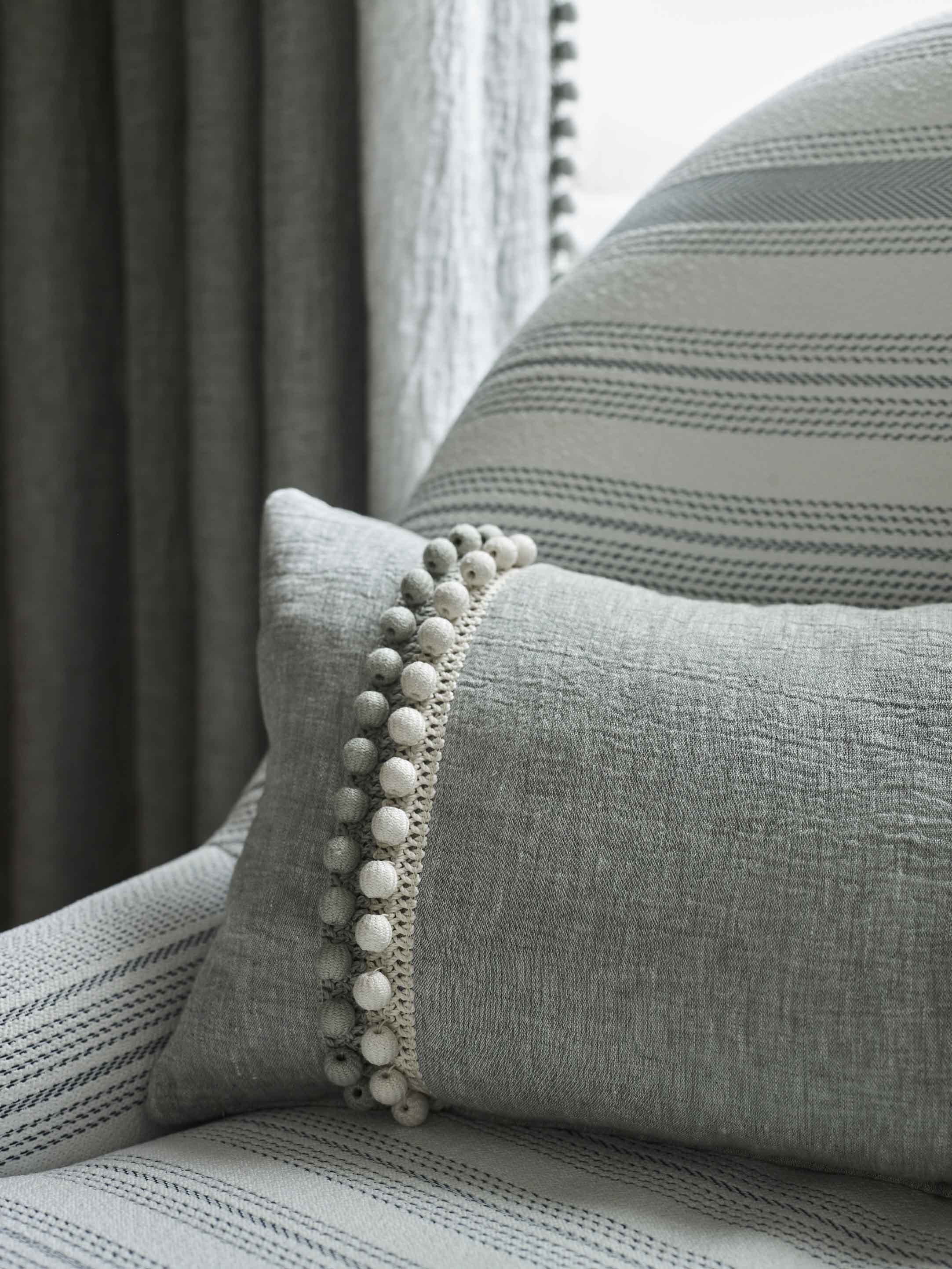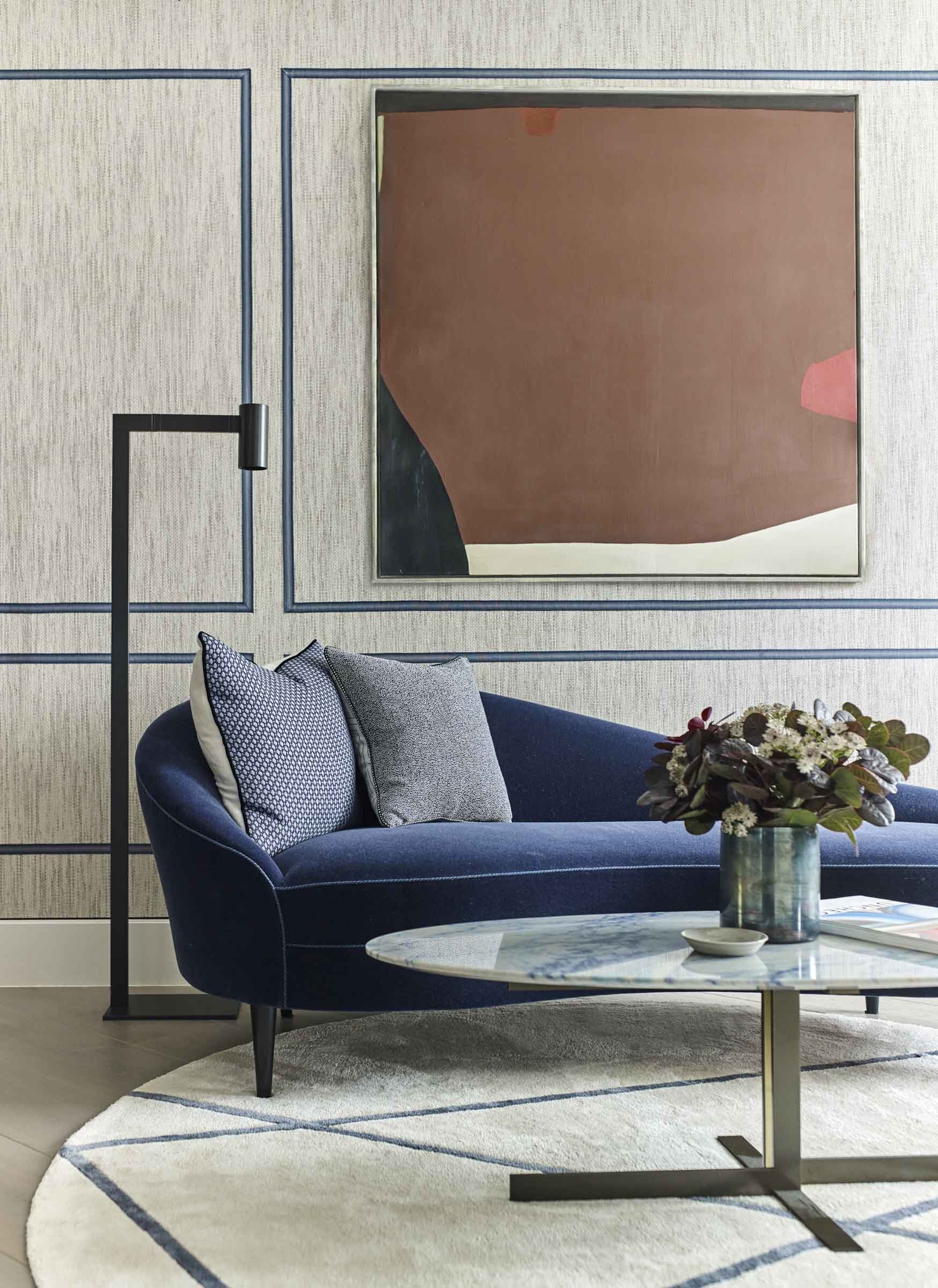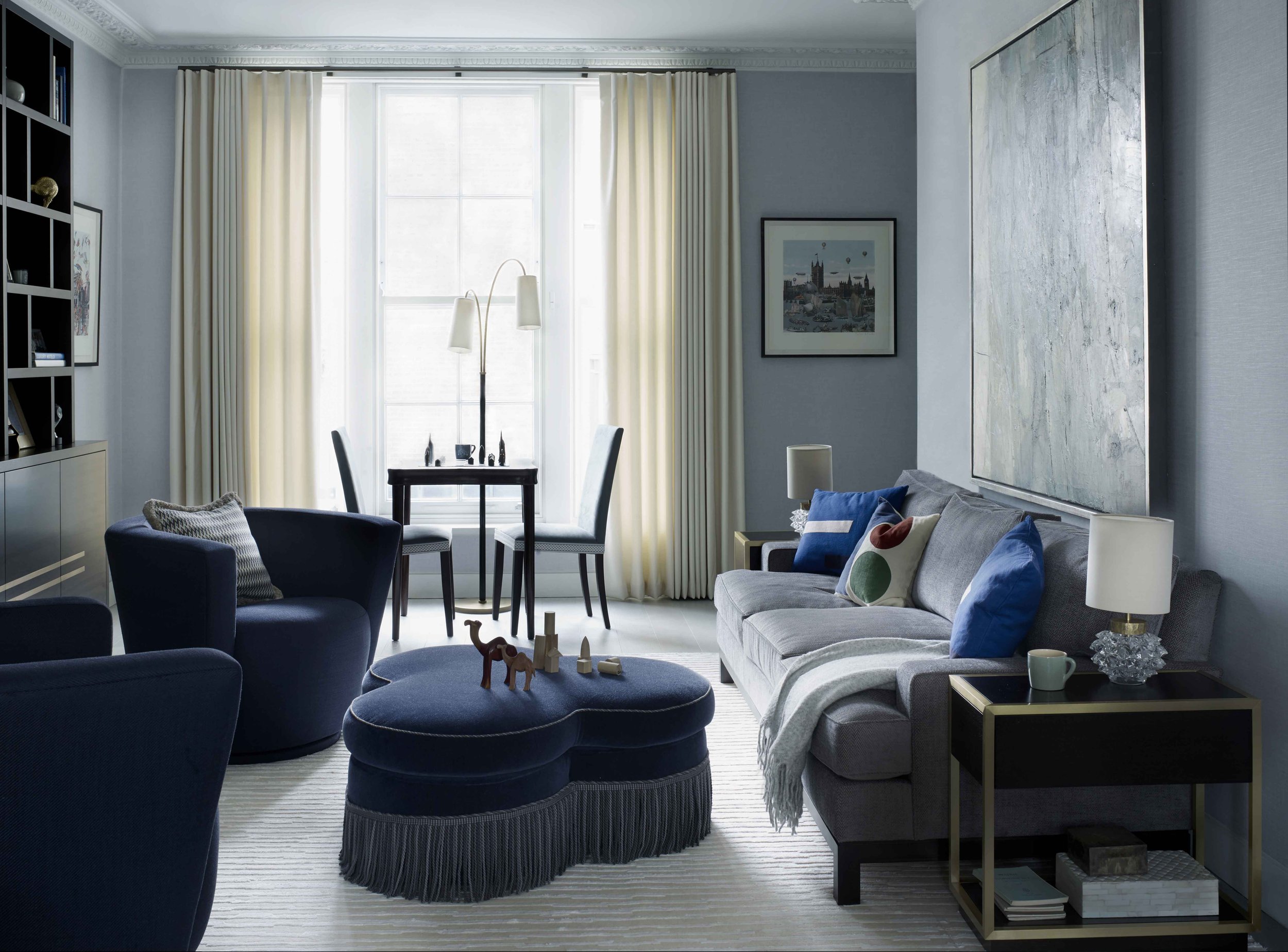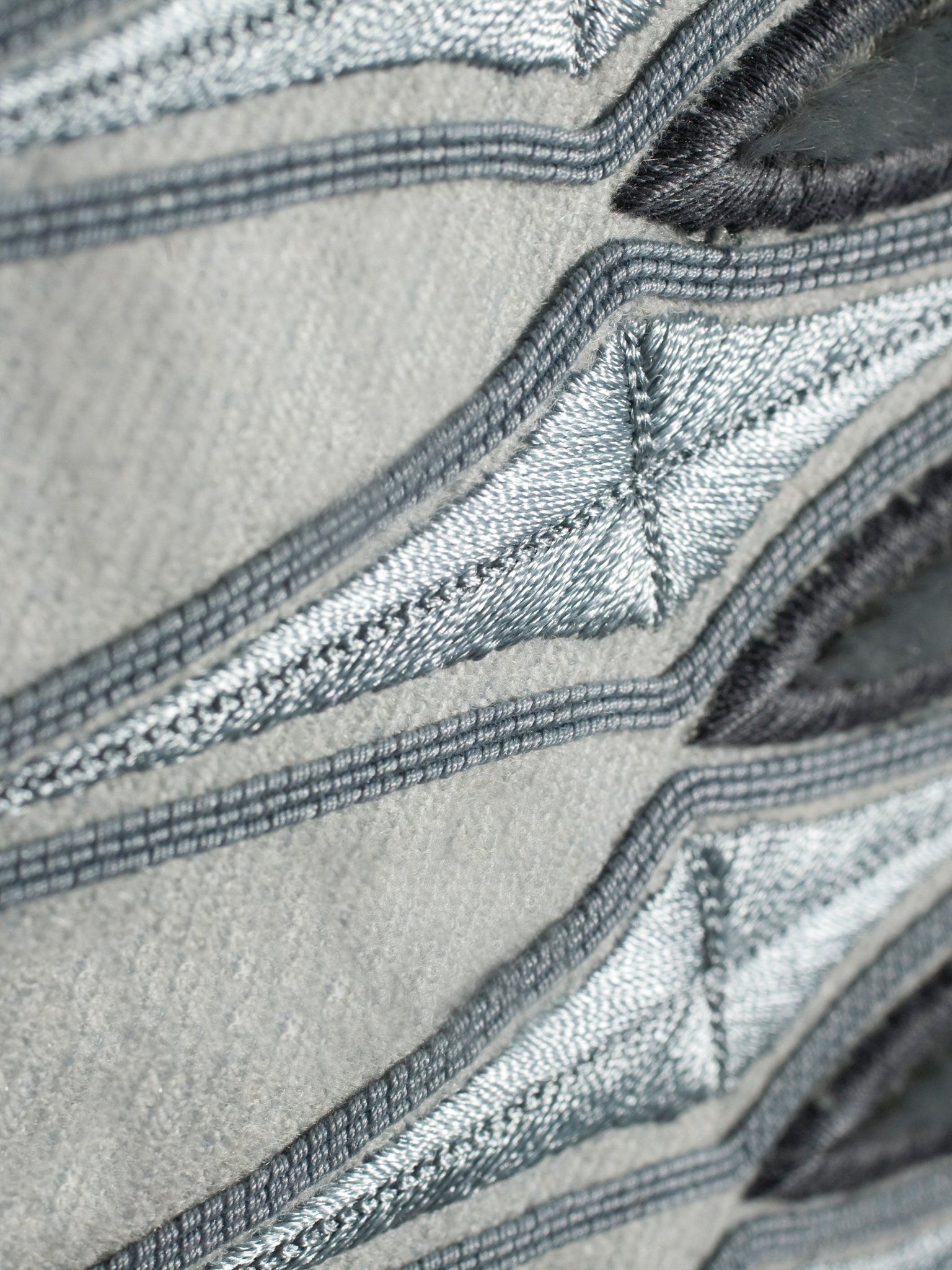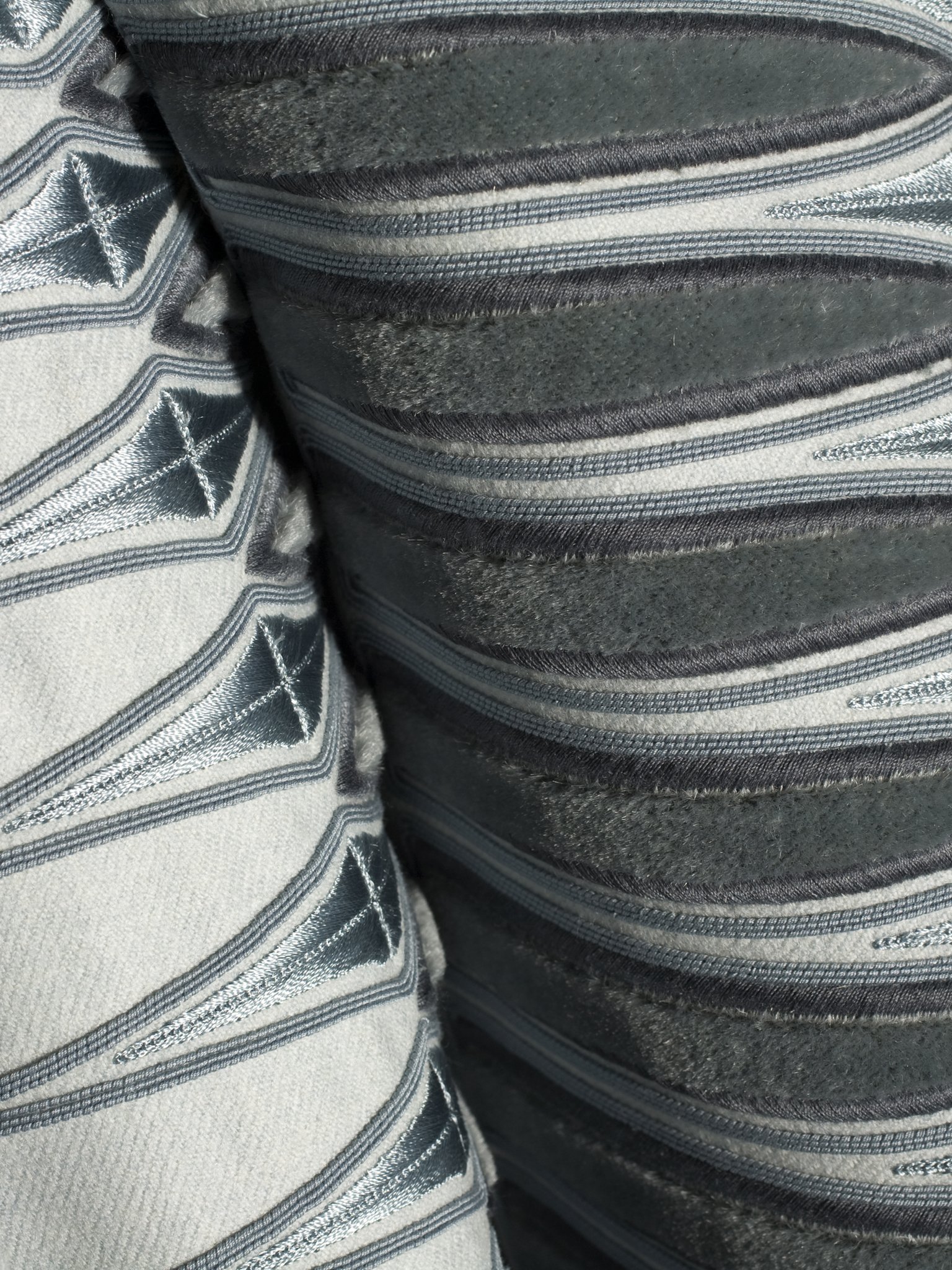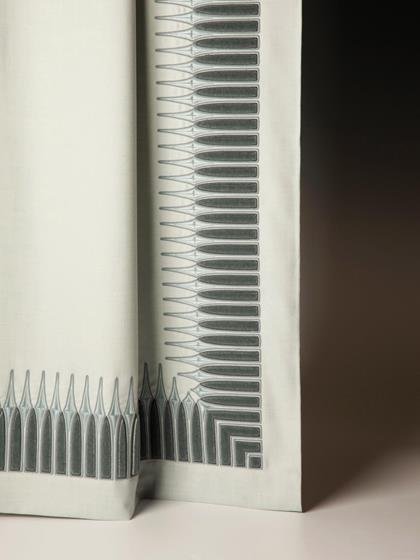How to choose trims and where to use them
Small decorative details can make a big difference. Take the humble trim: it has the power to make something quite ordinary quite extraordinary. But with so many options – both with trims themselves and things to which they can be attached – how do you decide what to upgrade and what to leave as is? Read on for Irene Gunter’s top tips.
Why a fabric trim?
When you think of trims you may well think of fringes, perhaps on a cushion or lampshade. Many other materials can also be used, including tapes, braids, tassels, cord, pom-poms and contrasting fabrics. The beauty of all of these is that they can transform a plain or inconspicuous item – a headboard, for example, or a cushion, sofa or curtain – along with the room it’s in. Trims make a talking point of everyday pieces of furniture and will also inject an additional layer of pattern, colour and texture into the room, bringing the interior design scheme together.
Choosing a trim
As with all interior projects, what you choose depends on the look you want to create. For example, adding piping to a chair or sofa can give the piece (and therefore the space) a tailored look. For a softer vibe, I suggest a fringe, or for something more elegant (decadent even), consider adding a tassel. And if you want to inject a sense of fun, you can’t go wrong with a pom-pom!
Where to use a trim
The most conventional use is on cushions, lampshades and upholstery (think sofas, armchairs, stools and ottomans). Then there are less conventional uses, such as on the bottoms of curtains, on the edge of headboards or even on wallpaper. We have used trim on wallpaper in the past to create the illusion of panelling.
When (and when not) to use a trim
Whether to add a trim all depends on what you are adding it to! Let’s say you have a stunning mid-century armchair or a beautiful contemporary curved sofa. These pieces don’t need any embellishment. They are statement pieces in their own right.
However, a more understated piece can fade into the background, and you can shine a spotlight on it by adding a trim. While the effect is subtle – visitors won’t spot details like this immediately – it is an effective way to add texture, highlight a colour used elsewhere in the room or create a softening effect.
What to avoid
In terms of application, make sure the trim is fit for purpose. We once spotted an amazing leather with studs that we decided to use to trim a cushion. But, having designed the cushion, bought 12 metres of the leather and sent both to the cushion maker, we were told that this kind of trim is better suited to a hard flat surface such as a wardrobe door rather than a cushion. The moral of the story is that if you are doing something slightly unconventional, always check with the person who’s working with it or installing it to make sure that your idea is actually feasible.
What else you need to know
Very few people know that some trim specialists such as Holland & Sherry and Victoria Bain offer a bespoke service. So, if you are looking for something very specific – be that a particular style or colour – they will make it up for you.
Let’s say you’ve chosen a beautiful but plain woollen fabric for the curtains in the bay windows of your living room. For an additional cost, you can ask for a border to be hand-embroidered onto the fabric. The effect is truly stunning, providing a more polished finish than could be achieved if you attach the trim separately.



